CONTACT US
We will get back to you as soon as possible.
When it comes to transforming your home with a touch of style and modernity, interior wall cladding is a fantastic option. Not only does it offer aesthetic appeal, but it also provides insulation and protection against the elements. With an array of choices available, you can find the perfect wall cladding type to suit your desired ambiance, whether you prefer a rustic, contemporary, or something in between.
The market offers a diverse range of materials for interior wall cladding, ensuring that there's an ideal option for every home style. From the timeless charm of wood to the elegant allure of stone, the rugged appeal of brick, or the endless creative possibilities of tile, you can explore a variety of textures and finishes. Additionally, metal, vinyl, plastic, aluminum, 3D, glass, fibre cement, and stainless steel are among the other materials that offer unique features for your interior walls.
In this article, we'll delve into the top 12 interior wall cladding types, exploring their distinct characteristics and benefits. You'll gain insights into each material's aesthetic qualities, durability, and maintenance requirements, helping you make an informed decision for your space.
We understand that budget is an important consideration as well. That's why we'll also cover installation costs and maintenance requirements, allowing you to assess the overall feasibility of each interior wall cladding type.
Get ready to discover the possibilities and make a statement with your interior walls. Whether you're seeking a cozy and rustic atmosphere or a sleek and contemporary vibe, the perfect interior wall cladding type is waiting for you.
Stay tuned as we delve into the world of interior wall cladding, exploring the top 12 types and guiding you toward creating a stunning and inviting living environment.
Interior wall cladding offers a fantastic way to infuse your home's walls with style and texture, elevating their visual appeal. This technique involves layering one material over another, typically using panels or boards, resulting in a distinctive aesthetic that adds character to every room.
When it comes to selecting wall cladding for your home, the range of options is vast and diverse. From contemporary designs to timeless looks, you have an array of styles to choose from for your interior walls. Among the most popular types of interior wall cladding are wood paneling, stone tiles, and vinyl siding.
Wood paneling presents an affordable choice that imparts warmth and natural beauty to any space. On the other hand, stone tiles offer a timeless ambiance, boasting unique textures and captivating colors. If durability and low maintenance are priorities, vinyl siding can be an excellent option, providing both resilience and vibrant splashes of color for your walls.
Regardless of your budget and design preferences, you can discover the perfect interior wall cladding type for your home. With such an extensive range of options at your fingertips, creating a stylish and inviting atmosphere in any room becomes a breeze!
Our homes serve as reflections of our identity and personal style, showcasing how we choose to present ourselves to the world. To transform ordinary walls into something extraordinary, incorporating interior wall cladding is an essential design element that requires minimal effort and cost but yields remarkable results.
Embracing wall cladding in your home brings forth numerous advantages. Beyond enhancing visual interest, it adds depth, texture, and an extra layer of insulation against heat, sound, and moisture. Furthermore, wall cladding can seamlessly fill gaps between walls and windows or other fixtures, ensuring long-lasting protection from the elements.
The popularity of wall cladding stems from its immense potential to combine both style and functionality, enabling homeowners to create unique and captivating living spaces. To make an informed decision when selecting the best option for your home, it is crucial to explore the diverse range of wall cladding materials available on the market.
By delving deeper into the world of interior wall cladding types and options, you will unlock endless possibilities for transforming your living environment into a stunning showcase of your personal style and taste. Join us on this exciting journey as we discover the perfect wall cladding solution for your home. Let's explore the captivating world of interior wall cladding options together!
When it comes to interior wall cladding types, wood is a timeless choice that brings texture and warmth to any space. It's particularly well-suited for accent walls, creating a cozy ambiance in living rooms, bedrooms, and hallways.
Wood cladding allows you to embrace an industrial aesthetic with a rustic twist. With a variety of natural wood tones available, ranging from light to dark, you can select the perfect shade to complement your interior design style. Additionally, among the various interior wall cladding types, pre-finished wood panels that have been stained or painted offer vibrant options for those seeking a bolder look.
One of the advantages of wood cladding, which is just one of the many interior wall cladding types available, is its affordability compared to other wall coverings. It's also relatively easy to install, making it a popular choice among DIY enthusiasts looking to enhance their space independently.
While wood may not be the most durable material among interior wall cladding types, proper maintenance can ensure its longevity for many years. The unique charm that wood cladding brings to your interior is unmatched by any other material, creating a distinctive and inviting atmosphere in your home.
stone is an exceptional choice that can elevate your home with its versatility and timeless appeal. Adding stone cladding allows you to create a truly unique and captivating living space.
With a wide range of options available, including natural stones like slate, marble, and limestone, stone cladding offers an array of textures, colors, and finishes to suit your design preferences. Additionally, you can opt for artificial stones that beautifully mimic the look and feel of real stone.
Not only does stone cladding add a touch of elegance to your home, but it also offers durability and low maintenance. It can be seamlessly installed on various interior surfaces, providing an enduring and visually stunning solution for your walls.
Discover the beauty and versatility of stone cladding as you explore the vast array of interior wall cladding types. Unleash your creativity and transform your living environment into a reflection of your personal style and taste.
Among the various interior wall cladding types, brick cladding is gaining popularity as a classic and enduring choice. Its timeless look and versatility allow for the creation of unique and striking designs that add character to any space. With a wide range of colors, textures, and styles available, brick cladding effortlessly complements any décor or design aesthetic.
In addition to its aesthetic appeal, brick cladding offers exceptional durability and requires minimal maintenance, making it a practical option for busy households. By incorporating brick cladding, you can introduce texture and charm to different rooms in your home. Consider using it to create a captivating feature wall in the living room or dining area, becoming a focal point that draws attention and admiration.
Brick cladding also serves as an excellent choice for accent walls in bedrooms or bathrooms, exuding a sense of warmth and rustic elegance. Thanks to its user-friendly installation process, brick cladding can be a satisfying DIY project with a few essential tools and materials. With careful planning and attention to detail, you can achieve a beautiful result that will withstand the test of time.
Embrace the timeless charm and durability of brick cladding as you explore the diverse range of interior wall cladding types. Elevate your home with the unique and inviting ambiance that only brick can provide, leaving a lasting impression on both residents and guests.
Tile cladding is a great way to add texture, character, and color to your home. It has been used for centuries in many different cultures but has recently become very popular in modern interior design.
Tile cladding can be used on walls, floors, countertops, and more to create a unique look that will bring a touch of style and elegance to any home. From classic subway tiles to intricate mosaic designs, there's something for everyone when it comes to tile cladding.
Whether you’re looking for a traditional or contemporary look, tile cladding can provide the perfect finishing touch.
Not only is tile cladding aesthetically pleasing, but it is also durable and waterproof so it can withstand wear and tear in even the busiest of homes. Plus, with so many materials and colors available, you can easily find something that suits your tastes and budget.
When installing tile cladding in your home, make sure to use high-quality grout that won't deteriorate over time. This will ensure the longevity of your tiled surfaces and help keep them looking beautiful for years to come.
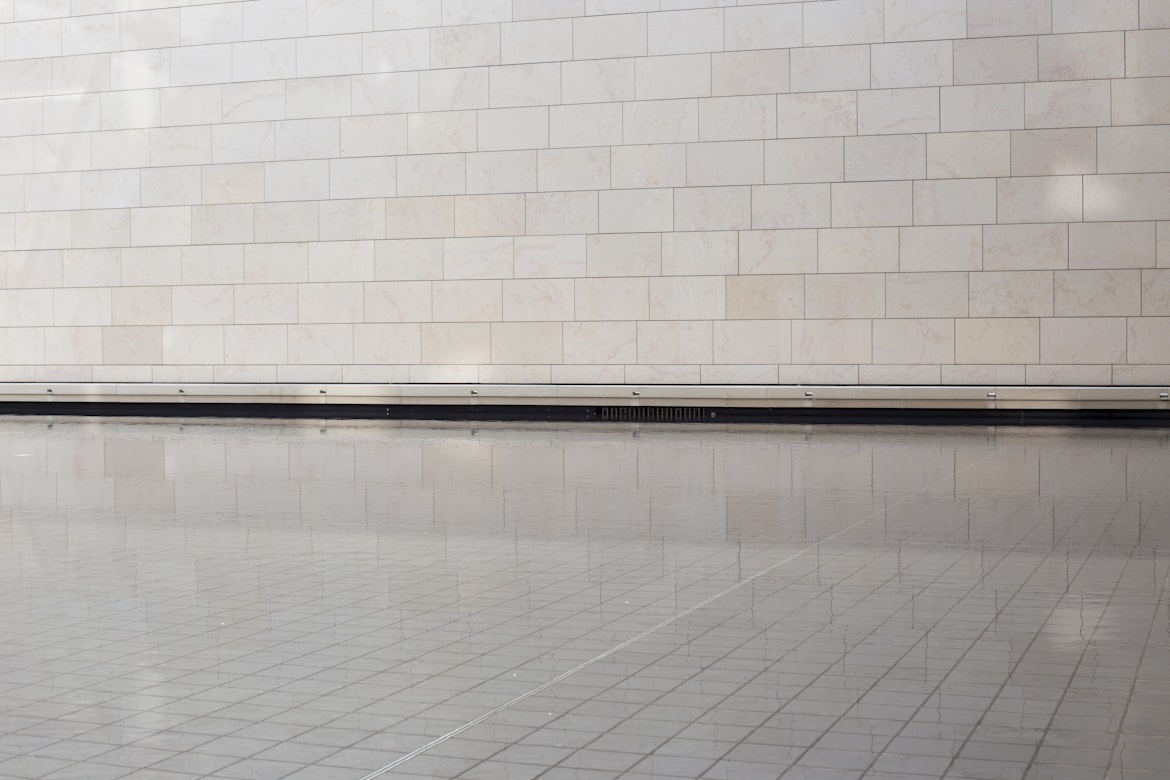
Moving on from tile cladding, metal cladding is another popular choice for interior walls. It can offer a modern, industrial look to a room and often comes in warm metallic tones such as brass, copper, or bronze.
Metal cladding can come in the form of metal sheets, panels, or tiles that are screwed onto the wall. As metal is a very durable material, it is ideal for high traffic areas like kitchens and bathrooms. Plus, due to its durability and water-resistant properties, metal cladding requires minimal maintenance.
Metal cladding can also be used to create interesting accent walls by combining different metals or patterns with other types of materials like wood or stone. This combination can add texture and depth to a room while creating an eye-catching focal point in any home.
With all these options available, metal cladding has become an increasingly popular choice when it comes to styling interior walls.
Vinyl is a popular choice when it comes to wall cladding. It's easy to install, highly durable and cost-effective. Vinyl also has a wide range of colors and textures, making it a great option for those who want to create stunning visual effects on their walls.
Plus, it's waterproof, so you don't have to worry about water damage or mold growth. With vinyl wall cladding, you can bring your interior design dreams to life without breaking the bank. Not only is it aesthetically pleasing, but it's also low maintenance and will last for years to come.
Whether you're looking for something sleek and modern or classic and timeless, vinyl wall cladding has something for everyone.

Plastic cladding is a popular choice for those who want an affordable and durable wall covering that is easy to maintain. It is typically made from PVC or a similar material that is lightweight and easy to install. One of the main benefits of plastic cladding is its versatility – it can be used in a wide range of settings, including kitchens, bathrooms, and bedrooms.
Plastic cladding is available in a variety of colors and patterns, so you can find a design that matches your interior décor. It is also resistant to moisture, making it ideal for use in humid areas. Plastic cladding is easy to clean – you can simply wipe it down with a damp cloth.
One downside of plastic cladding is that it can be easily scratched or damaged. However, this is generally not a major concern as plastic cladding is relatively inexpensive to replace.
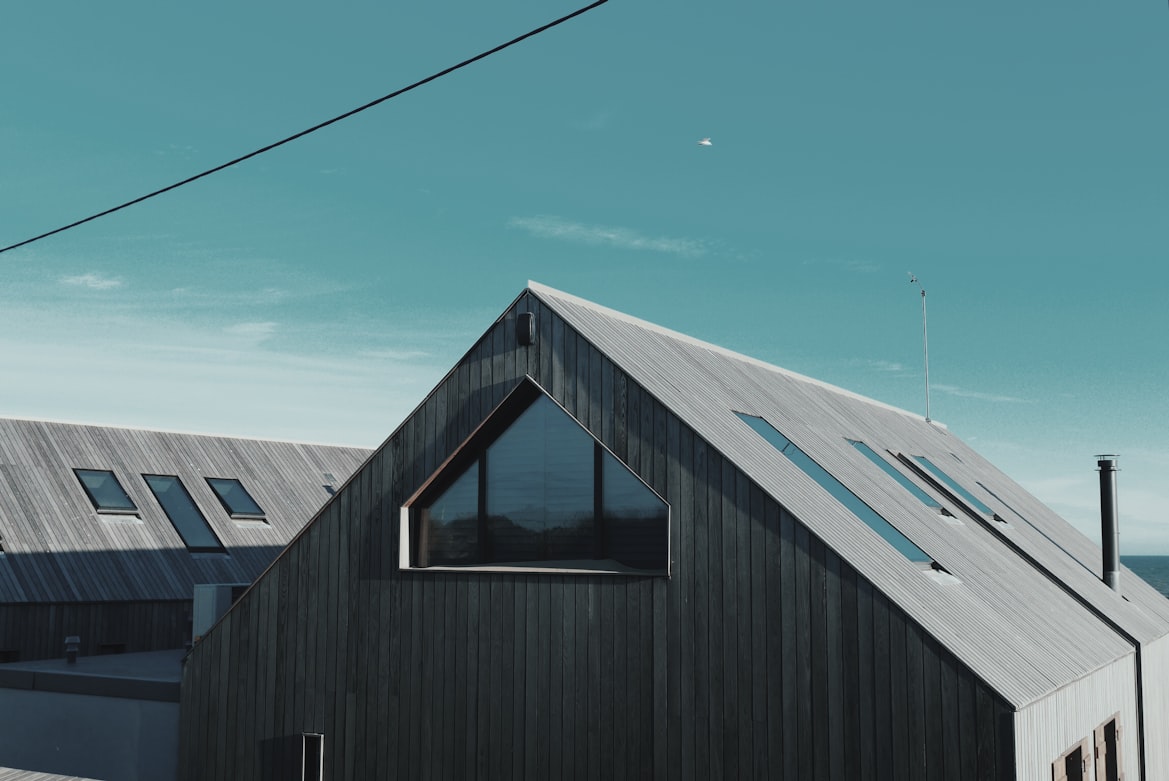
Aluminum cladding is a popular choice for commercial and industrial buildings, but it can also be used in residential settings. It is a durable and long-lasting material that is resistant to fire and moisture. Aluminum cladding is typically installed as large sheets that are attached to the exterior of the building.
One of the main benefits of aluminum cladding is its low maintenance requirements – it does not need to be painted or sealed, and it can be easily cleaned with a pressure washer. Aluminum cladding is also highly energy-efficient, as it reflects heat and light, helping to reduce cooling costs in the summer.
Another benefit of aluminum cladding is its aesthetic appeal – it is available in a wide range of colors and finishes, including metallic and matte. This means that it can be customized to match any architectural style.
When considering interior wall cladding types, aluminum cladding stands out as a reliable and visually appealing option. Its durability, low maintenance requirements, energy efficiency, and customizable aesthetics make it an ideal choice for both residential and commercial applications.
If you're looking to make a bold statement with your interior walls, consider the variety of interior wall cladding types available, including the unique and eye-catching option of 3D wall cladding. With its ability to add texture and dimension to your walls, 3D wall cladding is a versatile choice that can transform any room.
When it comes to interior wall cladding types, 3D wall cladding stands out as a captivating option. Crafted from a range of materials like wood, metal, and plastic, 3D wall cladding offers a multitude of designs, including geometric patterns and organic shapes.
The beauty of 3D wall cladding lies in its ability to create a visual impact and bring walls to life, adding depth and texture. It's an excellent choice for those who want to make a statement and leave a lasting impression on their interior spaces.
What sets 3D wall cladding apart from other interior wall cladding types is its versatility. You can install it in various settings, such as living rooms, bedrooms, and entryways, to create a focal point and enhance the overall ambiance. To further customize your space, you can paint or stain the 3D wall cladding to match your desired color scheme, giving you the freedom to express your unique style.
In addition to its aesthetic appeal, 3D wall cladding offers practical benefits. The textured surface of the cladding helps absorb sound, making it an excellent choice for areas where noise control is desired, such as home theaters, offices, or study spaces. This combination of visual and functional aspects makes 3D wall cladding a compelling option for those seeking both style and substance.
When considering interior wall cladding types, don't overlook the potential of 3D wall cladding to transform your space. It's an exciting option that allows you to explore creative designs and enhance the overall atmosphere of your home or commercial setting.
If you're interested in learning more about interior wall cladding types, including 3D wall cladding, feel free to contact us. Our knowledgeable team is here to provide information and assistance, helping you make an informed decision to create the perfect environment.
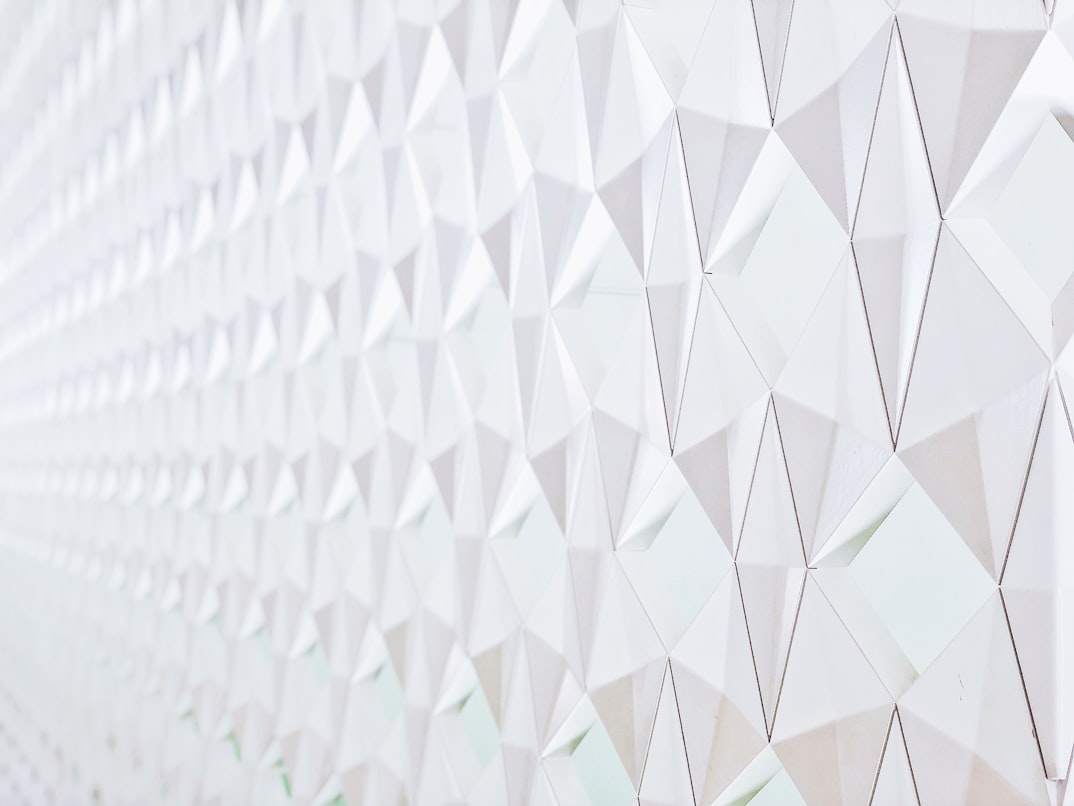
Glass cladding is a modern and sleek option for those who want to add a touch of elegance to their interior walls. It is typically made from tempered glass, which is durable and resistant to breakage. Glass cladding is available in a range of colors and finishes, including opaque, frosted, and tinted.
One of the main benefits of glass cladding is its ability to reflect light – this helps to create a bright and open feel in a room. Glass cladding is also easy to clean – you can simply wipe it down with a damp cloth.
Another benefit of glass cladding is its versatility – it can be used in a wide range of settings, including kitchens, bathrooms, and living rooms. Glass cladding can be customized to match any interior décor, making it a highly adaptable option.
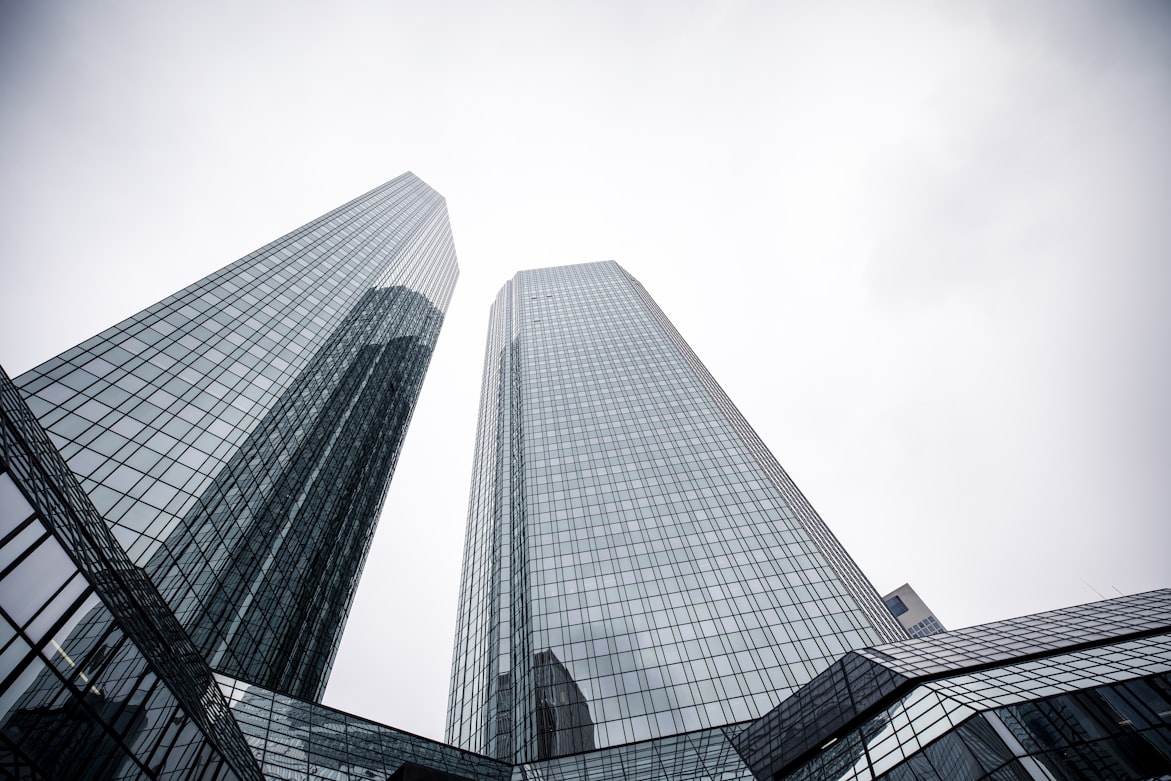
Fibre cement cladding is a popular choice for both residential and commercial buildings due to its high performance and low maintenance requirements. It comes in a variety of finishes, such as smooth, textured, or patterned, making it suitable for a range of interior design styles.
One of the benefits of fibre cement cladding is its versatility. It can be used on both interior and exterior walls, and it can also be painted or stained to achieve a specific look or color scheme. Additionally, fibre cement cladding is an eco-friendly option as it is made from sustainable materials and can be recycled at the end of its lifespan.
Fibre cement cladding can also improve the energy efficiency of a building by providing insulation and reducing heating and cooling costs. It is also resistant to warping, cracking, and fading, making it a low-maintenance option that requires minimal upkeep.
However, it is important to note that fibre cement cladding can be heavy and difficult to install, which can increase installation costs. It is also important to ensure proper installation to avoid moisture penetration, which can lead to mold and mildew growth. Overall, fibre cement cladding is a great option for those looking for a durable and sustainable wall cladding material.
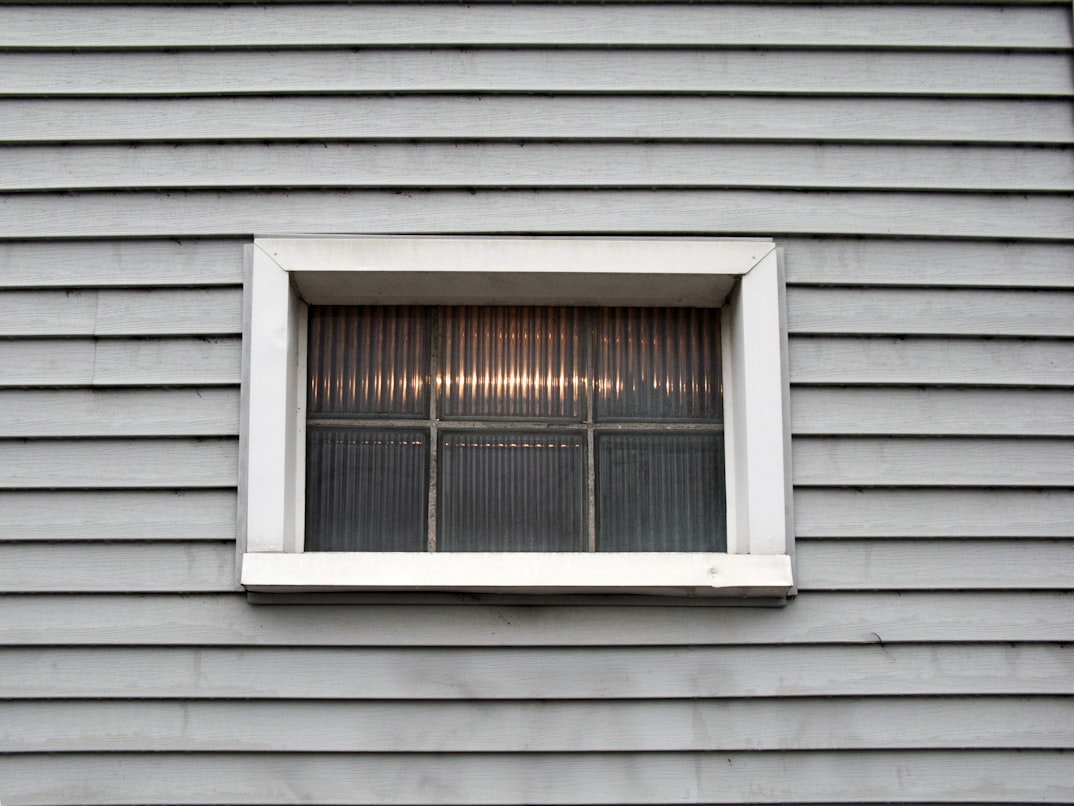
Stainless steel cladding is a sleek and modern choice for interior wall cladding types. It is made from a combination of steel alloy and chromium, making it durable, corrosion-resistant, and easy to maintain. Stainless steel cladding is commonly used in commercial and industrial settings due to its durability and resistance to wear and tear.
One of the benefits of stainless steel cladding is its aesthetic appeal. It has a reflective and polished finish that can give a room a modern and sophisticated look. Additionally, stainless steel cladding is available in a variety of textures, patterns, and colors, making it suitable for a range of design styles.
Stainless steel cladding is also a hygienic option as it is resistant to bacteria and other microorganisms, making it suitable for use in hospitals, laboratories, and other clean environments. It is also a sustainable option as it is recyclable and has a long lifespan.
However, stainless steel cladding can be an expensive option compared to other materials, and it can be difficult to install due to its weight and stiffness. It can also show fingerprints and smudges, which may require more frequent cleaning to maintain its polished finish.
Overall, stainless steel cladding stands as a superb option for those seeking a durable, modern, and hygienic material for interior wall cladding types.
Now that we've identified the top 12 wall cladding materials to consider for your stylish home, let's delve into what you should consider when selecting the perfect option for your interior walls.
It's essential to take into account various factors, including the material's durability, longevity, ease of installation and maintenance, cost, and overall aesthetic appeal. From the rustic charm of wood to the sleek look of stainless steel, each type of interior cladding presents its own unique characteristics and ideas to explore.
If you're seeking a low-maintenance, attractive, and budget-friendly option, vinyl, laminate, or fiberglass-reinforced plastic (FRP) wall cladding may be the ideal choices. These materials require minimal upkeep and offer a range of design ideas to update your space affordably.
For those desiring a more luxurious ambiance, stone, marble, or real wood cladding can create a stunning visual impact. However, it's important to consider that these materials often come with a higher price tag, along with a wealth of interior wall cladding ideas to explore.
Consider the impact of different materials on the insulation of your home. If insulation is a key factor in your decision-making process, consulting a professional about your options is advisable. They can provide valuable insights and help you select a material that meets both your aesthetic preferences and insulation needs.
By taking these factors into consideration, you'll be equipped with a wealth of interior wall cladding ideas to make an informed decision that perfectly suits your style and practical requirements.
Stay tuned as we address frequently asked questions about interior wall cladding next!
When exploring the world of interior wall cladding types, it's crucial to consider the installation costs associated with each option. Understanding the financial implications will help you assess the feasibility of different cladding materials and ensure they align with your budgetary constraints.
The installation costs of interior wall cladding types can vary significantly depending on factors such as material complexity, project size, and the need for professional expertise. Some cladding types, such as wood or vinyl, offer relatively straightforward installation processes that can be undertaken as DIY projects, potentially saving on labor expenses. However, it's important to evaluate your own skills and the time commitment required for a successful installation.
In contrast, more intricate cladding options like stone or tile may require professional installation to ensure precise application and avoid costly mistakes. This expertise comes at an additional cost but can provide peace of mind and ensure optimal results.
Other factors to consider include wall preparation requirements, surface area coverage, and any necessary structural modifications. Consulting with professionals or contractors can provide valuable insights into accurate cost estimates and help you make an informed decision based on your budget and project goals.
By evaluating installation costs upfront, you can navigate the diverse range of interior wall cladding types with a clear understanding of their financial implications, ultimately selecting the option that strikes the right balance between aesthetics and affordability.
Maintaining the beauty and longevity of your chosen interior wall cladding type is essential for preserving its aesthetic appeal over time. Each cladding material comes with its own set of maintenance requirements, and understanding these needs will help you make an informed decision based on your lifestyle and willingness to invest time and effort in upkeep.
Wood cladding, for example, may require periodic staining, sealing, or polishing to protect it from moisture and maintain its natural allure. Stone cladding might benefit from occasional cleaning and resealing to prevent staining and preserve its timeless elegance. Tile cladding may necessitate regular grout cleaning and inspection to prevent discoloration or damage.
It's important to consult manufacturer guidelines or seek professional advice on proper cleaning techniques, suitable products, and recommended maintenance schedules for your chosen interior wall cladding type. Following these guidelines will help you ensure the longevity and optimal appearance of your walls.
If low maintenance is a priority, considering cladding options like metal or vinyl can be advantageous. These materials typically require minimal upkeep and can withstand the rigors of daily life with ease.
By understanding the maintenance requirements of various interior wall cladding types, you can make an informed decision that aligns with your desired level of maintenance commitment, ensuring that your walls continue to enhance your home's aesthetics for years to come.
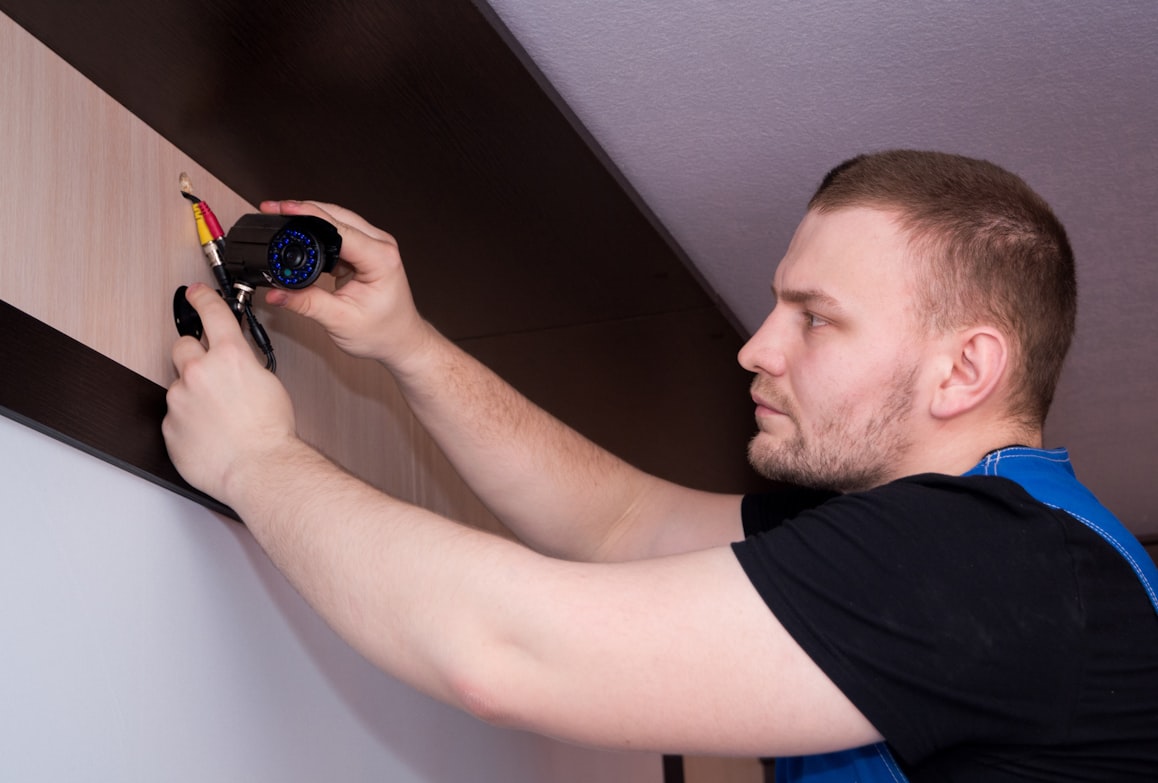
As you move forward with choosing the best interior wall cladding for your home, you may have some questions. We’ve collected some of the most frequently asked questions to help you make the best decision for your space.
The cost of installing interior wall cladding varies depending on the type of material and the size of the area.
The average cost can range from $3-$11 per square foot, with labor costs typically ranging from $2-$8 per hour.
However, certain materials, such as natural stone, may be more expensive than others.
Additionally, you may need to factor in the cost of professional installation if you are not able to do it yourself.
Choosing eco-friendly interior wall cladding for your home is a great way to go green without compromising on style.
There are several options available, from natural materials such as bamboo and distressed wood to sustainably sourced recycled materials.
Natural stone, like slate or marble, is another popular choice, as it's both beautiful and eco-friendly.
Glass tile is an attractive option too and can be made from recycled glass.
Finally, cork tiles are an excellent soundproofing and insulation material while still being sustainable.
When it comes to choosing the right type of interior wall cladding for your home, there are so many options available.
You'll want to consider your budget, style preferences and environmental impact when making your decision.
Eco-friendly materials such as cork, bamboo or recycled wood can all add a stylish touch to your home while also reducing your carbon footprint.
Natural stone is another great option for those looking for a timeless look that is both durable and aesthetically pleasing.
Choosing the right material for your walls will ensure that you have an attractive and long lasting interior design.
Choosing the right type of interior wall cladding for your home is just the beginning, you also have to think about upkeep and maintenance.
Depending on the material you choose, you may need to periodically clean, repair, or even repaint your interior wall cladding.
Natural materials like wood and stone may require regular sealing to protect against moisture damage, while synthetic materials such as vinyl and PVC can benefit from a wipe down every now and then.
No matter which type of wall cladding you go for, it's important to keep up with regular maintenance to make sure your walls look great for years to come.
Installing interior wall cladding can be a lengthy process, depending on the type of material and complexity of the job.
There are several factors that will determine how long it takes to install, including the size of the area and any framing that needs to be done beforehand.
The most time-consuming part is usually cleaning and preparing the walls so that the new cladding can stick properly.
Furthermore, if there are intricate designs or patterns, it can take much longer for a professional to complete the installation.

Yes, wall cladding can be used for both interior and exterior walls. The type of cladding used will depend on the location and purpose of the wall.
Exterior cladding is usually designed to protect the building from the elements, while interior cladding is used for decorative or functional purposes.
Wall cladding can impact energy efficiency in a number of ways. For example, some types of cladding can help to insulate the building, reducing heat loss in the winter and heat gain in the summer. This can help to reduce energy consumption and lower heating and cooling costs.
On the other hand, if the cladding is not properly installed or if it is not designed to allow for proper ventilation, it can contribute to moisture problems and potentially decrease energy efficiency.
Additionally, the color and reflectivity of the cladding can impact the amount of heat absorbed by the building, which can affect energy efficiency.
Learn more:
When it comes to improving the look of your home, interior wall cladding is a great option. It can give your space a modern, stylish feel and make your home more inviting.
There are various interior wall cladding types to consider, each with its own unique characteristics and aesthetic appeal. From the warmth and natural beauty of wood cladding to the striking and luxurious look of stone cladding, the choices are vast. You can also explore brick cladding for a rustic charm, metal cladding for a sleek and contemporary ambiance, or tile cladding for endless creativity and customization. Vinyl cladding and laminate cladding offer cost-effective options that mimic the appearance of other materials, allowing you to achieve desired aesthetics within your budget.
When choosing the best interior wall cladding option for your home, it's important to consider factors such as durability, maintenance requirements, installation time, and overall cost. By researching and exploring the diverse range of interior wall cladding types and options available, you can make an informed decision that aligns with your style preferences and practical needs.
Whether you opt for classic wood panels, luxurious stone, or any other interior wall cladding type, incorporating it into your home is a great way to make it look more stylish and inviting.
So, if you're searching for an affordable way to enhance the appearance of your home, exploring the wide range of interior wall cladding types and options is a great choice. By considering different materials and designs, you can find the perfect solution to transform your space. Don't hesitate to contact us to learn more about how Keehai's interior wall cladding can help you achieve the desired look for your home.
Take the first step toward a stylish and inviting living environment – reach out to us today!
We will get back to you as soon as possible.